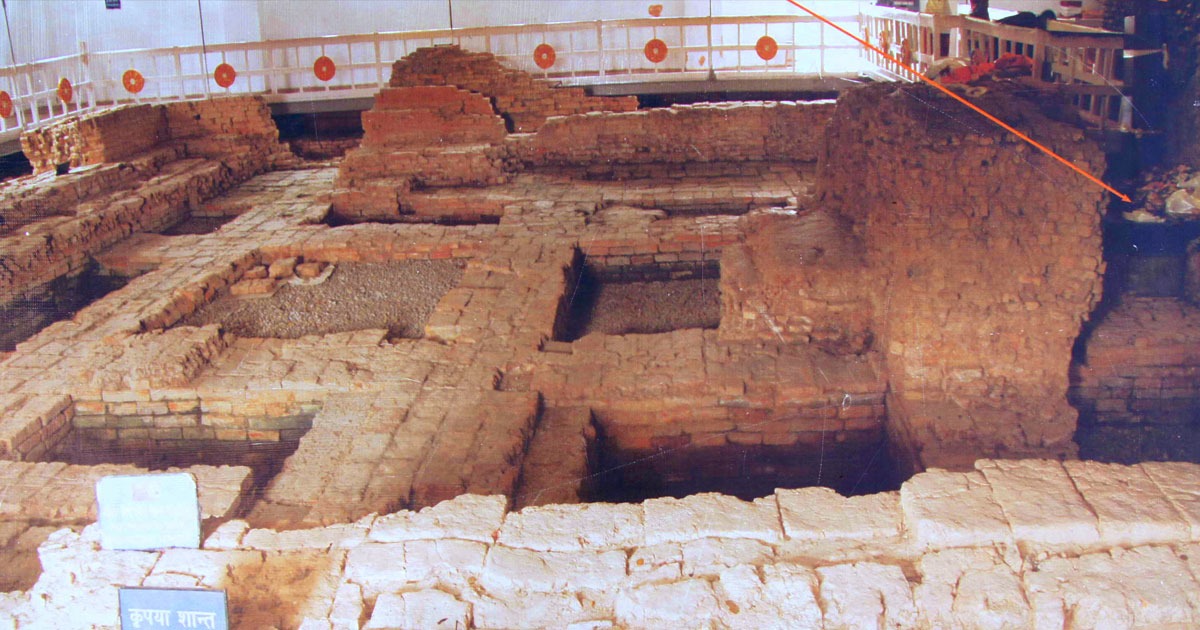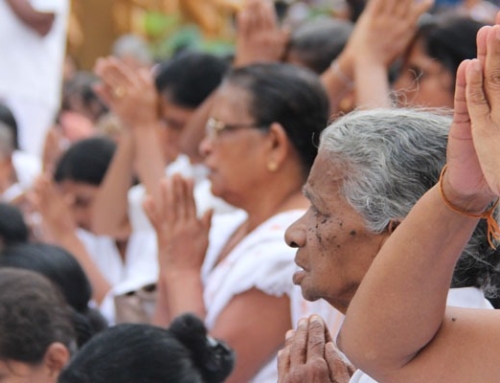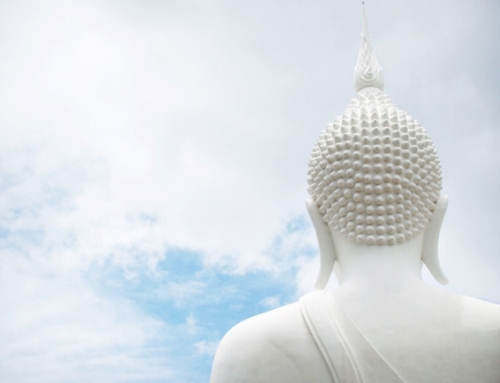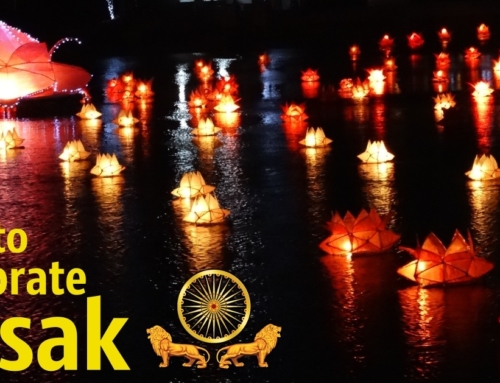Excerpt from www.mahamevnawabm.org
British archaeologist Robin Coningham talks about a three-year expedition to Nepal, which could rewrite history
When Professor Robin Coningham’s youngest son Gus was five, he was asked at school what his father did. “He works for the Buddha,” said the boy. Which led to a bit of confusion, recalls Coningham.
But it turns out Gus was not that far off the mark. Last week it emerged that a team led by Coningham, a professor of archaeology and pro-vice-chancellor at Durham University, had made a startling discovery about the date of the Buddha’s birth, one that could rewrite the history of Buddhism. After a three-year dig on the site of the Maya Devi temple at Lumbini in Nepal, Coningham and his team of 40 archaeologists discovered a tree shrine that predates all known Buddhist sites by at least 300 years.
The impact of Coningham’s work is groundbreaking in many ways. Prior to this discovery, it had been thought that the shrine at Lumbini – an important pilgrimage site for half a billion Buddhists worldwide – marked the birthplace of the Buddha in the third century BC. But the timber structure revealed by archaeologists was radio-carbon-dated to the sixth century BC.








